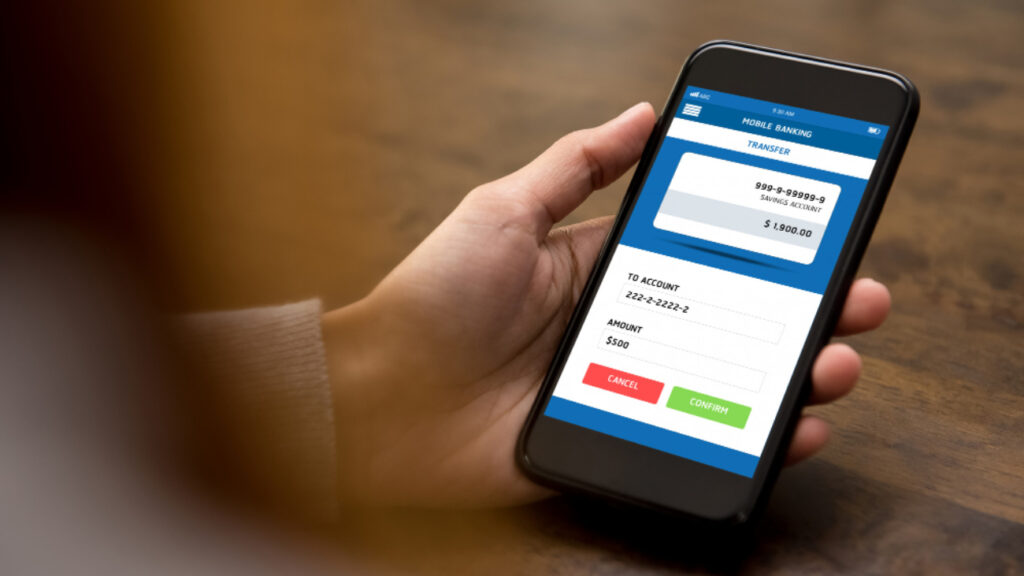The ease of mobile banking has changed our financial management style stated Bahaa Abdul Hussein. Users may pay bills, check balances, move money, and more, anywhere and anytime with just a few touches. But as mobile banking keeps becoming more and more popular, fraudsters also find great prey here. Rising numbers of fraudulent events include data breaches, identity theft, and financial fraud. Banks and other financial institutions are responding by using Zero Trust security to guard their mobile banking systems against these always-expanding risks.
The Landscape of Mobile Banking: Challenges and Risks
Although mobile banking offers unmatched convenience, it also creates particular security issues. Mobile banking lets consumers access their accounts from many devices, networks, and locations, unlike conventional banking, where face-to-face contacts take place in a regulated environment. For hackers, this offers a large attack surface to target.
The growing reliance on mobile apps for financial transactions accentuates the hazards. Cybercriminals employ mobile malware, phishing assaults, and man-in-the-middle attacks, among other strategies, to target consumers of mobile banking. Furthermore, facilitating the interception of private data by hostile actors is the use of public Wi-Fi networks and shared devices.
Traditional perimeter-based security models—those dependent on firewalls and VPNs to keep hazards outside the network—are insufficient in this dynamic environment. Here the Zero Trust concept finds application.
Improved User Validation
Strong user authentication is a pillar of Zero Trust. Multi-factor authentication (MFA) can be included in this structure by mobile banking systems. Users of MFA must furnish more than simply a password to access their accounts. This could call for security questions, one-time passcodes (OTPs), or biometric scans—like fingerprints or facial recognition. Zero Trust drastically lowers the possibility of unwanted access resulting from compromised or stolen credentials by using several ways of authentication.
Ongoing Risk Analysis and Monitoring
Zero Trust does not depend on one point of entry or a single verification step. Rather, it watches user behavior constantly and analyzes it in real time. In the case of mobile banking, this means that the system might detect odd behavior—such as accessing their account from an unknown location or device—and demand further authentication or temporary restriction of access. By use of this proactive method, banks may identify and stop fraudulent activity before it gets more prominent.
Restriction on Access
Under a Zero Trust approach, access is allowed according to the least privilege concept. Users and devices are thus only permitted to access the particular tools they require for their jobs. A user of mobile banking, for example, might only have access to their own account and transaction record, whereas a bank employee might only be given access to consumer data pertinent to their position. Zero Trust lowers the possible harm a hacked account or device could create by limiting access to the minimal required.
Conclusion
The demand for strong cybersecurity policies increases as mobile banking takes center stage in our daily lives. Zero Trust provides a thorough, proactive method of protecting mobile banking systems against many kinds of risks. Zero Trust helps banks safeguard their consumers and data against hackers by always validating individuals, restricting access to vital resources, and real-time monitoring of behavior.
This translates for mobile banking customers into more financial management peace of mind. Financial organizations especially depend on it to provide resilience against changing cyber hazards, compliance, and trust.
Adopting Zero Trust is not only a wise choice—it’s a necessary one for safeguarding mobile banking and keeping consumers safe in a society going more and more digital. The article was written by Bahaa Abdul Hussein and has been published by the editorial board of Fintek Diary. For more information, please visit www.fintekdiary.com.








